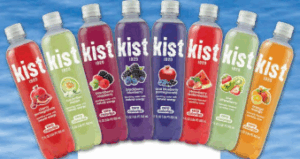The Director of the United States Patent and Trademark Office (USPTO) vacated a Patent Trial & Appeal Board decision instituting an inter partes review (IPR) proceeding after finding that the petitioner advanced inconsistent claim construction positions before the Board and in parallel district court litigation without adequate justification. Tesla, Inc. v. Intellectual Ventures II LLC, IPR2025-00340 (PTAB Nov. 5, 2025) (Stewart, USPTO Dir.)
Intellectual Ventures II LLC (IV), the patent owner, requested director review of the Board’s decision granting institution, arguing that the decision should be reversed because Tesla, Inc., the petitioner, failed to adequately explain why it advanced inconsistent claim construction positions before the district court and the Board.
In the district court, Tesla opposed IV’s plain and ordinary meaning construction of the claim limitation “generating said target feature information from said data statistics” in independent claim 1. Tesla argued that the limitation was indefinite because a person of ordinary skill in the art could not determine its meaning and scope with reasonable certainty. In contrast, before the Board, Tesla asserted that “no claim term requires express construction” and that the challenged claims should be given their plain and ordinary meaning.
IV contended that Tesla’s justification (that it was statutorily prohibited from raising indefiniteness challenges in an IPR) was insufficient to explain the divergent positions. While the Board’s rules do not categorically prohibit petitioners from taking inconsistent claim construction positions across forums, petitioners must explain why those differences are warranted.
The Director agreed with IV, finding Tesla’s rationale inadequate. The Director explained that simply asserting that indefiniteness cannot be raised in an IPR does not explain why a petitioner should be permitted to raise inconsistent invalidity challenges in two forums. In vacating the institution decision, the Director emphasized that permitting such inconsistencies without proper justification would undermine the USPTO’s goal of “providing greater predictability and certainty in the patent system.”
read more


 Subscribe
Subscribe




